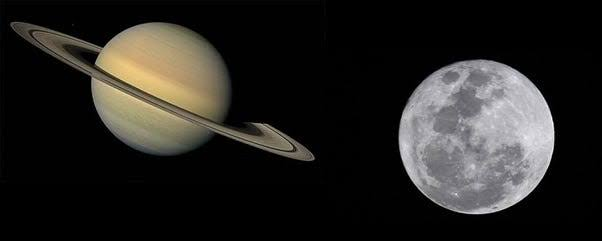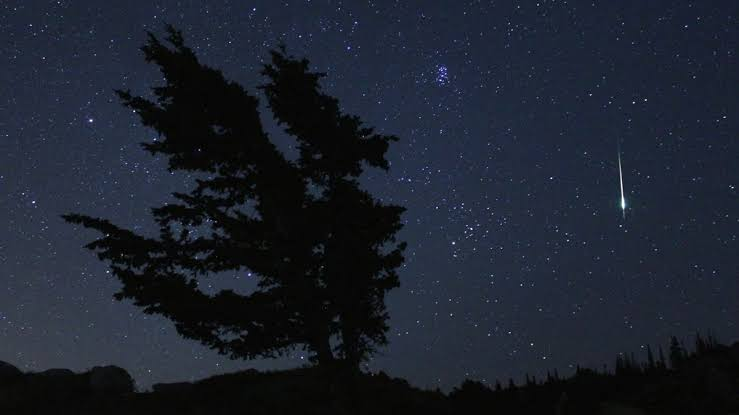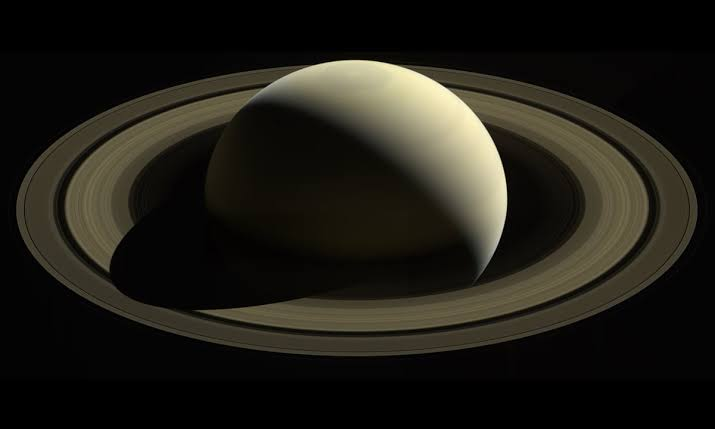7 Must-See Astronomical Events in the August Night Sky (2023)
August is one of the best night months of the year for astronomical events. This is primarily due to the Perseids, arguably the best meteor shower of the year. But the Perseids aren’t the only thing worth seeing in the night sky this month. The August night sky has plenty else to see.Here are all the planets, asteroids, and meteors you can mark on your calendar for some epic stargazing this month.
August 3 – Close Approach of the Moon & Saturn
August kicks off with a series of planetary viewing opportunities; there are, of course, a number of other interesting deep space objects to see – and a few meteor showers that will peak later in the month.In the first week of the month, your best astronomical event in the August night sky will be the close approach of the Moon and Saturn in the pre-dawn hours of August 3rd. A bright and nearly-full waxing gibbous moon (92% illuminated) will be visible just 2°15′ from Saturn; both can be seen with the un-aided eye, though using a telescope or binoculars will help you see Saturn’s rings and look more closely at the beautiful face of the Moon.
August 8 – Close Approach of the Moon & Jupiter
It’s hard to believe how far apart Jupiter and Saturn are in the night sky, after their Great Conjunction almost two years ago. Whereas these two planets used to have close approaches with the Moon in close succession, they’re now occurring almost a week apart. As Saturn has already taken its turn in August, it’s now Jupiter’s time to have close approach in the night sky.
August 13 – Peak of the Perseid Meteor Shower
If you love the night sky, you already know what makes the night of August 13th so special – it’s the peak of the Perseids! The Perseids meteor shower peaks every year in mid-August; in 2023, this peak is expected to occur in the morning of the 13th. At its peak, you can expect to see up to 150 meteors per hour! This, combined with warm weather in the northern hemisphere, makes it the most popular meteor shower of the year.
August 18 – Peak of the κ-Cygnid Meteor Shower
The second meteor shower in August will occur on the night of August 18th. On this night, you can look for the peak of the κ-Cygnid meteor shower at a rate of roughly 3 meteors per hour. This meteor shower is not as bombastic as the Perseids a few days earlier, and the Moon will still be about 50% illuminated on this night.
August 26 – Asteroid 8 Flora at Opposition
Several asteroids reach opposition in August, but the only one that seemed meaningful to include on this list is 8 Flora; it reaches opposition on the night of August 26th and will be most easily spotted using binoculars or a telescope. While 8 Flora is large – in fact, it’s the largest asteroid closest to the sun in the main belt – it does require equipment to spot, so get set up then use a star-finder app to lock onto this large, bright asteroid.
August 27 – Saturn at Opposition
August starts off quietly, but with one major astronomical event worth seeing: Saturn will be at opposition on the night of August 27th!
The moon will be 85% illuminated on this night.
August 30 – Close Approach of the Moon & Saturn
Rounding out the series of planetary conjunctions this month, the Moon and Saturn will again appear close in the evening sky on August 30th. At their closest, the two will appear 2°16′ apart in the constellation Aquarius.
Additionally, the Moon will be nearly full on the night of August 30th, so it will be very bright and easy to observe if you pull out a telescope or binoculars to look more closely at the fascinating craters and features of the lunar surface, in addition to Saturn’s iconic rings.













.jpg)
.jpg)
0 Comments